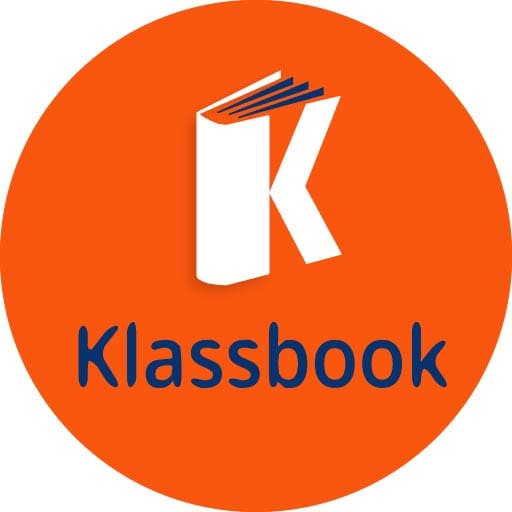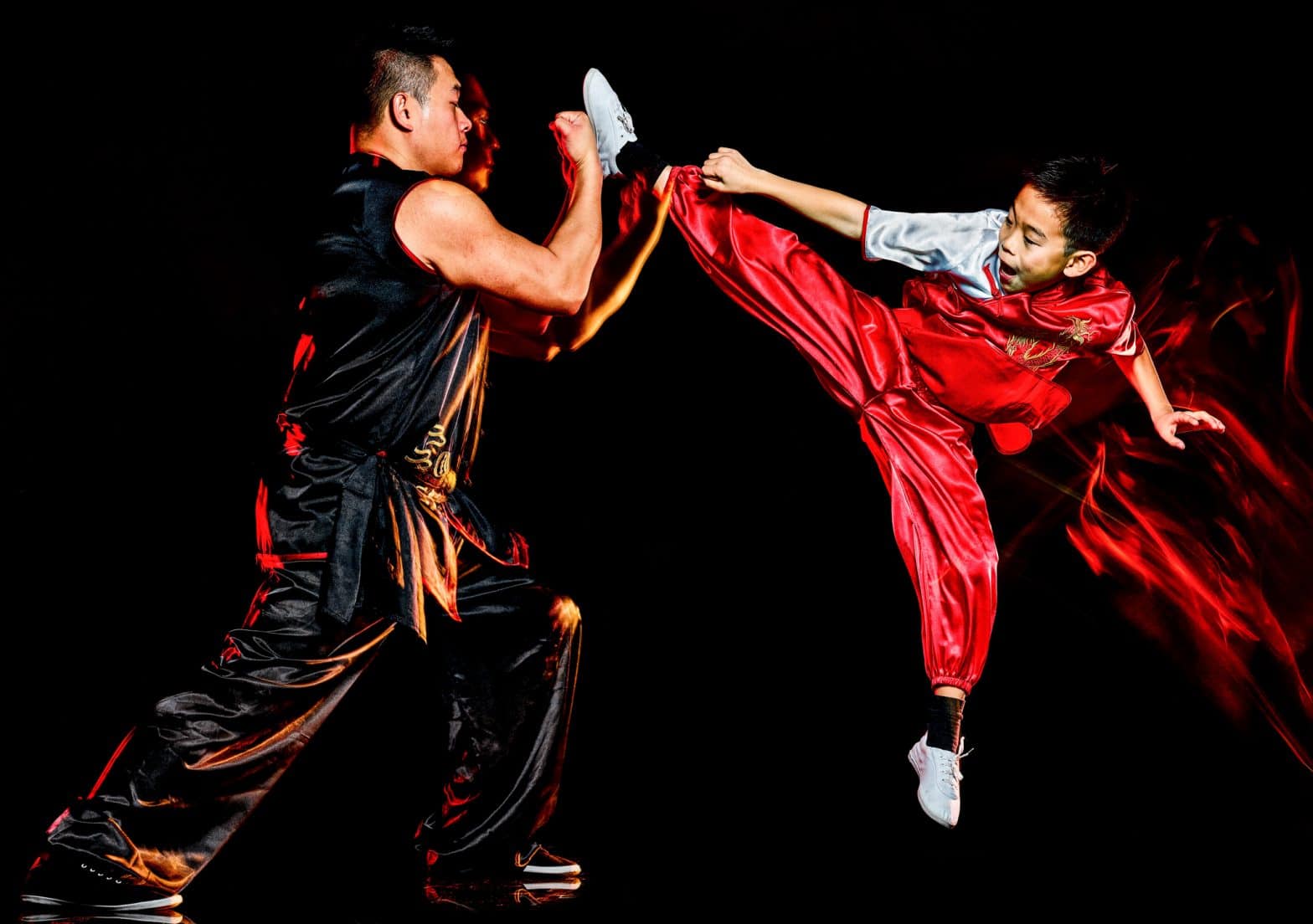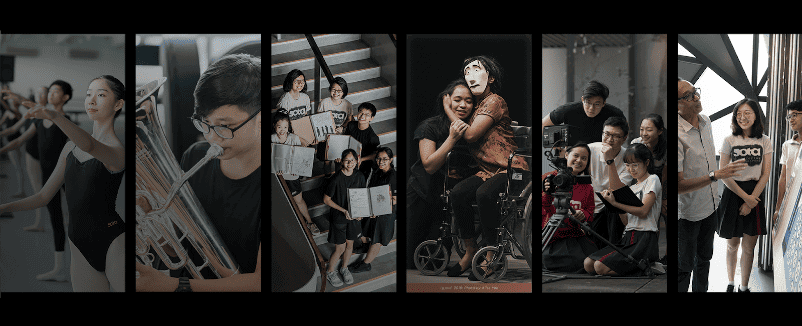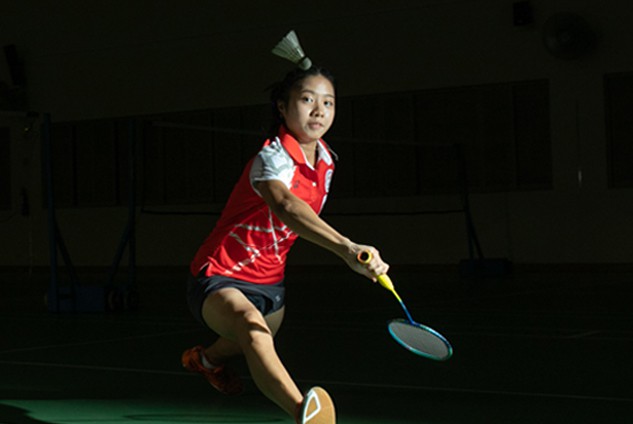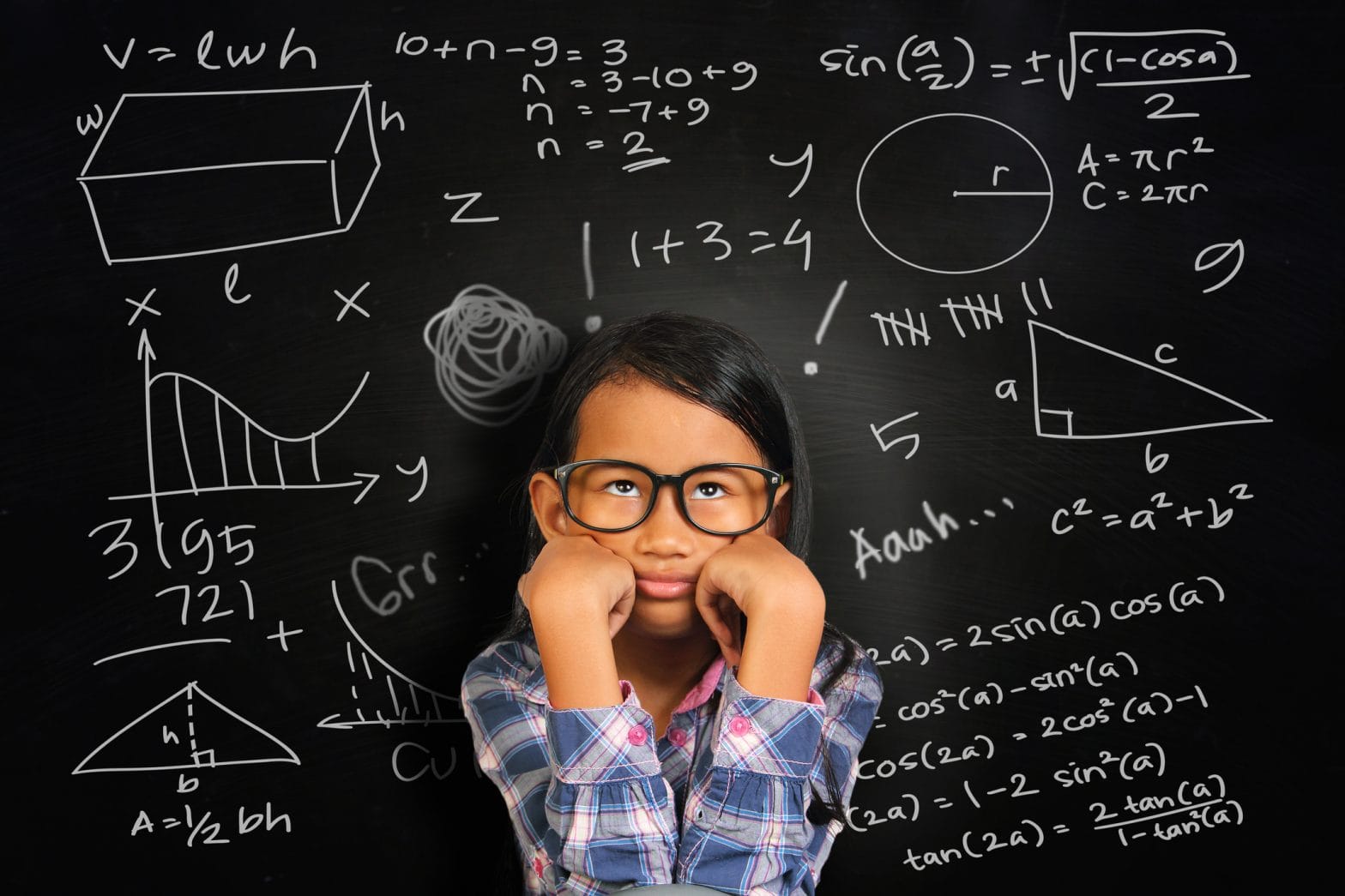
Guide Series: DSA for Secondary School
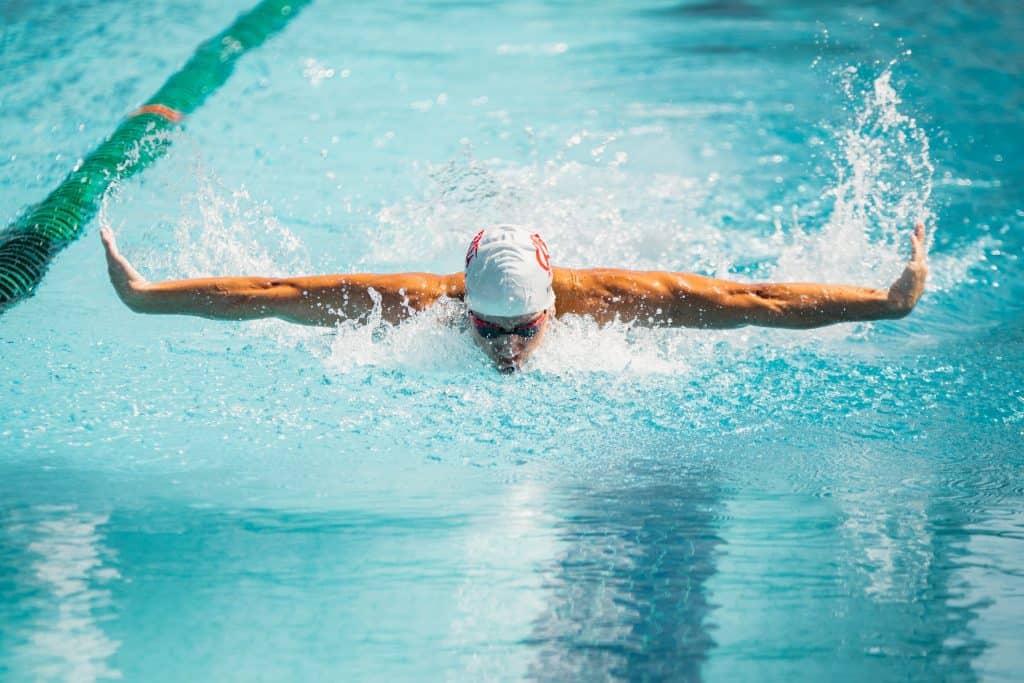
This guide provides comprehensive Information on DSA (Direct School Admission) process for secondary school.
A Child’s Journey of Swimming in Singapore
- Written By Klassbook Editorial Team
- Updated on September 8, 2023
Articles In this Guide
Swimming in Singapore is one of the most popular sports and recreational activities. Singapore’s tropical climate means that both adults and children love cooling down and dipping in the pool. It is clearly one of the most fun family activities for parents and children to bond, and as a result, most children start lessons for swimming in Singapore at a young age.
Does your child love to swim? What is the swimming scene like in Singapore, and what could your child’s swim journey look like?
Swimming in Singapore – Know more about the SwimSafer Programme introduced by MOE
The SwimSafer 2.0 program is a nationwide programe for swimming in Singapore that aims to teach children the basic skills and water safety.
This program is free for children aged 4-16 in all local schools and has been proven effective in teaching water safety skills. In addition to learning in schools, most swim schools and certified private instructors also teach the SwimSafer programme during swimming lessons.
There are 6 stages to the programme – Stages 1, 2, 3, Bronze (4), Silver (5), and Gold (6). Each stage requires the student to learn specific underwater skills, swim strokes, survival tactics like floating and sending distress signals during emergencies and theoretical knowledge. Participants receive a SwimSafer certificate upon completion of each stage. At the end of the course, Students are assessed on their over skills and given a completion SwimSafer certificate if they pass.
Swimming in Singapore as a school CCA
If your child loves to swim, they may be interested in pursuing swimming in Singapore as a CCA in Schools.
Swimming is available as a CCA in many primary schools such as Anglo-Chinese School (ACS) Primary, Methodist Girls’ School, CHIJ Toa Payoh Primary, CHIJ St. Nicholas Girls’ School, Nanyang Primary School, Singapore Chinese Girls’ Primary School (SCGS), St. Andrew’s Junior, Fairfield Methodist School and more. To check latest update check MOE website.
The intensity of swimming CCAs depends on the school and the team your child is in. For those in competitive teams, training gets more intense during the competition season.
Swimming in Singapore as a DSA
The Direct School Admission (DSA-Sec) programme allows primary 6 students to apply for secondary schools before their PSLE results. Candidates can apply based on talent areas such as swimming and other CCAs, academic abilities or leadership positions.
Swimming DSA is offered by secondary schools such as Raffles Girls’ School, Singapore Chinese Girls’ School, Raffles Institution, Methodist Girls’ School, and Anglo-Chinese School (Independent). These are some of the most popular and demanding schools to enter. Many of them are also Integrated Programme (IP) schools.
If your child is selected to get into a school based on swimming DSA, they must continue to stay in swimming as a CCA throughout their secondary school years. Training may increase to 5 times a week or more for competitive swimmers.
Singapore Sports School Swimming Academy
Singapore Sports School is a reputable secondary school that offers world-class training facilities and boarding residences on campus. This allows students to work towards their O Levels or N Levels while managing intensive training. Graduates can then apply for their International Baccalaureate (IB) or Polytechnic diploma programmes.
Singapore Sports School’s Swimming Academy was established in 2004. It is a key training base for developing youth and national champions for swimming in Singapore. It is also a second National Training Centre (NTC) for Singapore Swimming Association to support competitive swimmers who may represent Singapore internationally.
The Swimming Academy works with the National Sports Associations to support High-performing swimmers, including those not studying in Sports School. Athletes get access to quality training by NTC coaches, sport science support by NYSI, and boarding facilities within the campus to enhance their development towards their sporting goals.
The Academy also works with the National Sports Associations to support High-performing student-athletes from three other individual programmes, Aquatics – Diving, Water Polo, and Artistic Swimming.
Interested candidates may apply for the Swimming Academy in their Primary 6 year between February to May. They must fill out a registration form and go through a shortlisting process, including admission interviews. Do note that this is different from the MOE DSA-Sec selection process
Competitive Path for a Child for Swimming in Singapore
Swimming in Singapore is a highly promoted and established sport. There is good funding and an abundance of coaches for those who choose to pursue competitive swimming in Singapore. Additionally, many top IP schools offer swimming DSA programmes, which attracts many parents to support their children in the sport.
Primary school children can begin competing in the National School Games. Those who excel may be invited to compete at the Singapore National Age Group (SNAG) Swimming Championships, the SEA Games, Asian Youth Games, the Olympics and World Championships.
In secondary schools, most competitive swimmers go for the Singapore Sports & Games Competition. They are then similarly selected for higher competitive levels, as mentioned above.
Benefits of Swimming
Children who pick up swimming at young age enjoy enhanced mental and physical development. On a broader level, swimming benefits in the following ways:
Aids Muscle Development and Cardiovascular Health
Swimming helps children to build muscle strength as it requires them to use their entire body. Learning to go against water resistance aids their muscle development and endurance. Swimming also improves children’s cardiovascular health by increasing lung capacity and strengthening the heart.
Improved Cognitive Skills
Children who swim can also benefit from improved cognitive skills. All that movement and coordination also help build neurons in your child’s brain. That means swimming can help your child develop stronger academic skills, too.
One study by Griffith University found that young swimmers had vocabularies 11 months ahead of the non-swimming population. They were also more advanced in literacy and math.
Better Coordination, Flexibility and Balance
Swimming improves body coordination, flexibility and balance as your children learn to navigate the ebbs and flows of the water. Swimming uses the entire body, so it’s a great activity to help children with coordination. Children must learn to turn their hands and arms to propel themselves in the water and to breathe regularly at timings coordinated with their swim strokes.
In conclusion, Swimming in Singapore is a massive sport. Your child will have the opportunity to compete nationally and internationally if they excel at the sport. You can support your child in many ways, such as by sending them for swimming lessons early, encouraging them to go into competitive training, opting for swimming CCA in primary school and applying for swimming DSA at secondary schools.
However, competitive swimming is not for everyone, as training is highly rigorous and intense. Many students struggle to manage their studies and training. Parents and children must consider this when choosing the competitive swimming track and weigh their focus accordingly.
Loved Our Articles? Subscribes To Get Updates Directly To Your Inbox!
Explore Klassbook for more Swimming Classes in Singapore
To explore more classes, go through our list of swimming classes here. Why not start with a swimming trial class to gauge your child’s interest?
Loved Our Articles? Subscribes To Get Updates Directly To Your Inbox!
- New to DSA-Sec? Here are 5 Things You Need to Know
- DSA Interview and How to Ace It
- DSA Sec via football for your soccer lover kid
- Is DSA Soccer Only For Boys? Of Course, Girls Play Too
- SOTA – Everything You Need to Know About School of the Arts Singapore
- A Child’s Journey of Swimming in Singapore
- Singapore Sports School (SSP) – All that you need to Know about it
- Wushu in Singapore – A Child’s Journey
- Is your child interested in Chinese Orchestra? Let’s see what his Journey looks like.
- Is your child learning to play Piano in Singapore? Let’s see what their Journey looks like.
- A Child’s Sailing Journey in Singapore

